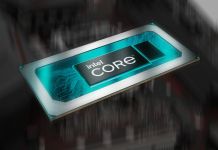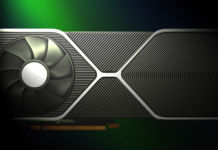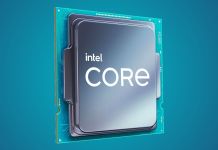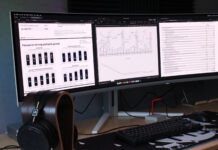AMD recently announced the addition of Radeon HD 4830 to the Radeon HD 4800 family. The new mid-range card turned out ot perform well in comparison to cards of the same price range. The odd part was that some cards seemed to perform considerably worse than other, which was because some Radeon HD 4830 cards only had 560 shader processors activated, instead of the full 640. After confronting AMD there have been both a denial and an official confirmation.
AMD says that it is aware of the problem and that some reference cards had an early BIOS that only activated 560 shader processors. This means that the lacking shader cluster was not deactivated in the hardware, especially as they also say that a small amount of cards slipped through into the retail channel. Over at Bit-Tech they’ve posted AMD’s statement verbatim;
“AMD has identified that, in addition to reference samples of the ATI Radeon™ HD 4830 boards sent to media with a pre-production BIOS potentially impacting the card’s performance, a very limited number of ATI Radeon™ HD 4830 boards were released to market with the same pre-production BIOS. This is in no way hardware related, and an updated BIOS fully resolves the performance limitation.
Through consultations with AMD board partners, it has been determined with a high degree of certainty that fewer than 400 ATI Radeon™ HD 4830 boards from one AMD board partner, HIS, have reached the market with the pre-production BIOS incorrectly provided by AMD. As only a small number of HIS-branded ATI Radeon™ HD 4830 cards are impacted, we ask any customers that purchased an HIS-branded ATI Radeon™ HD 4830 to test the board using the GPU-Z utility (available at http://www.techpowerup.com/gpuz). If the GPU-Z utility reports fewer than 640 shaders, please visit the HIS website for information on how to update the card BIOS via a downloadable install utility.”


















